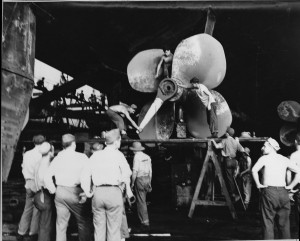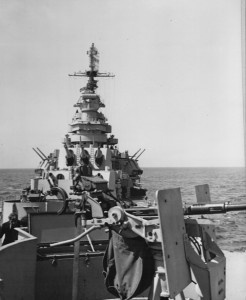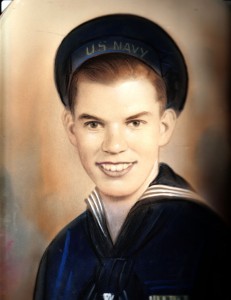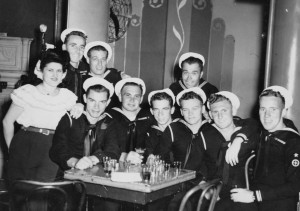1943: The “Mighty B” is preparing for final departure to the Pacific. The ship steams south along the Eastern Seaboard to the Caribbean in extensive combat-readiness exercises; along with other new warships (the battleship New Jersey, most notably). Boston reaches Trinidad off the north coast of South America. The men have their first taste of “liberty in an exotic place.” The ship returns to Boston by month’s end.
1944: After a month in anchorage, the ships depart Eniwetok and organize into Task Groups for the commencement of Operation King — a complex plan to liberate the large and heavily fortified Philippine Archipelago from the Japanese invaders. The defensive importance of the Philippines to the Empire of Japan cannot be overstated.
In the final hours of August, Task Force 58 was reorganized and renamed TF38. There were personnel shifts up and down the line; most notably the change of Top Commanders. The Navy’s answer to General George Patton, Admiral William Halsey, relieved Admiral Raymond Spruance as overall fleet commander. Eventually, Slew McCain, grandfather of the Senator from Arizona, became his right hand man, commanding the Task Force groups.
September begins for the men aboard the Boston en-route to raid the enemy defensive fortress (Caroline islands) Palau. This was the opening act of nearly six months of endless, relentless combat duty that did not abate until after the assault on Iwo Jima and Boston’s return to the US for radar and mechanical upgrades prior to the scheduled Invasion of Japan.
1945: The War is over! Unfortunately for the crew of the Boston, it was not time to go home. A Task Force of American ships, with Boston in command, was organized to patrol the waters off the eastern Home Islands and demilitarize and de-weaponize the vanquished enemy.




